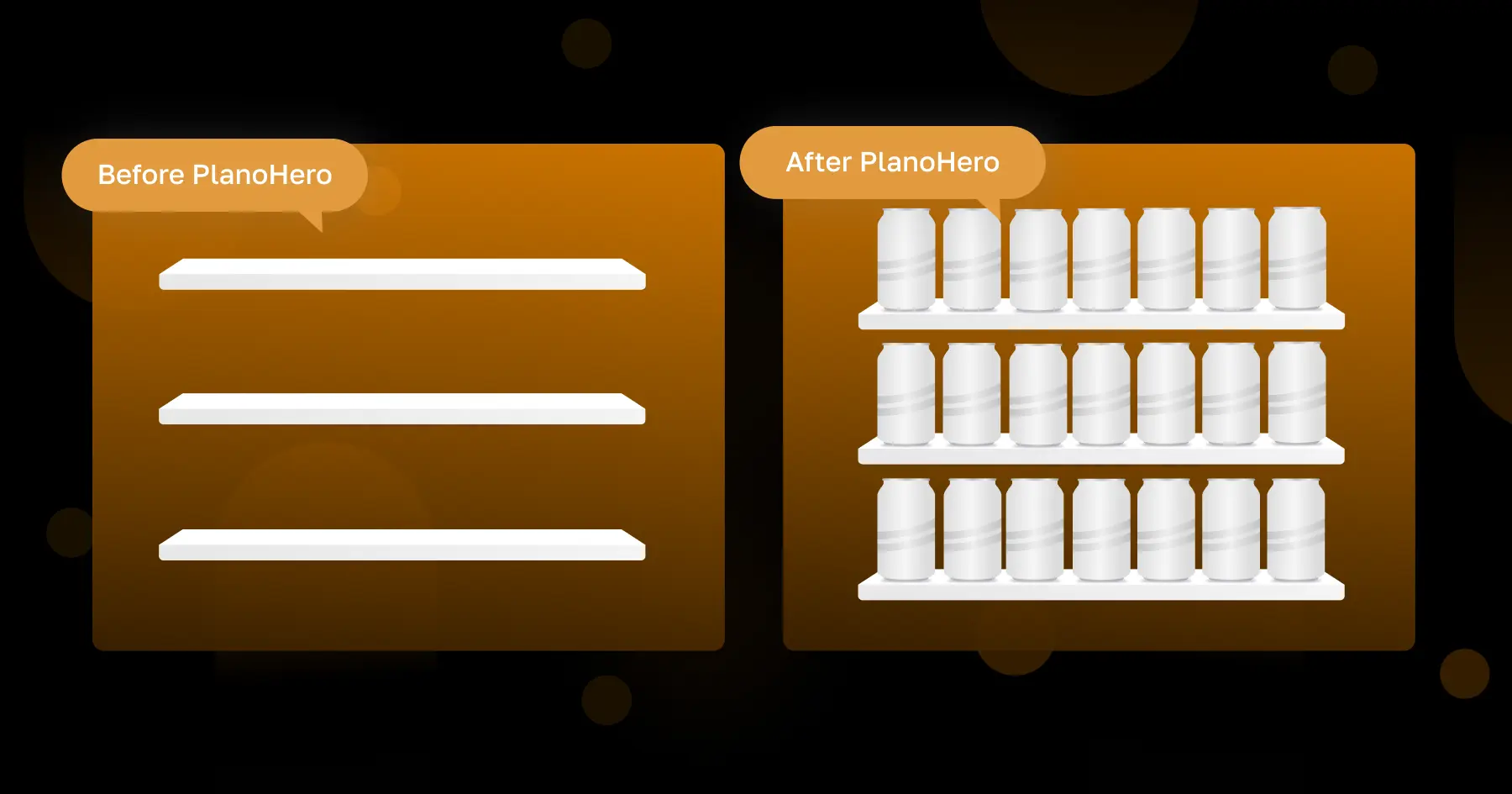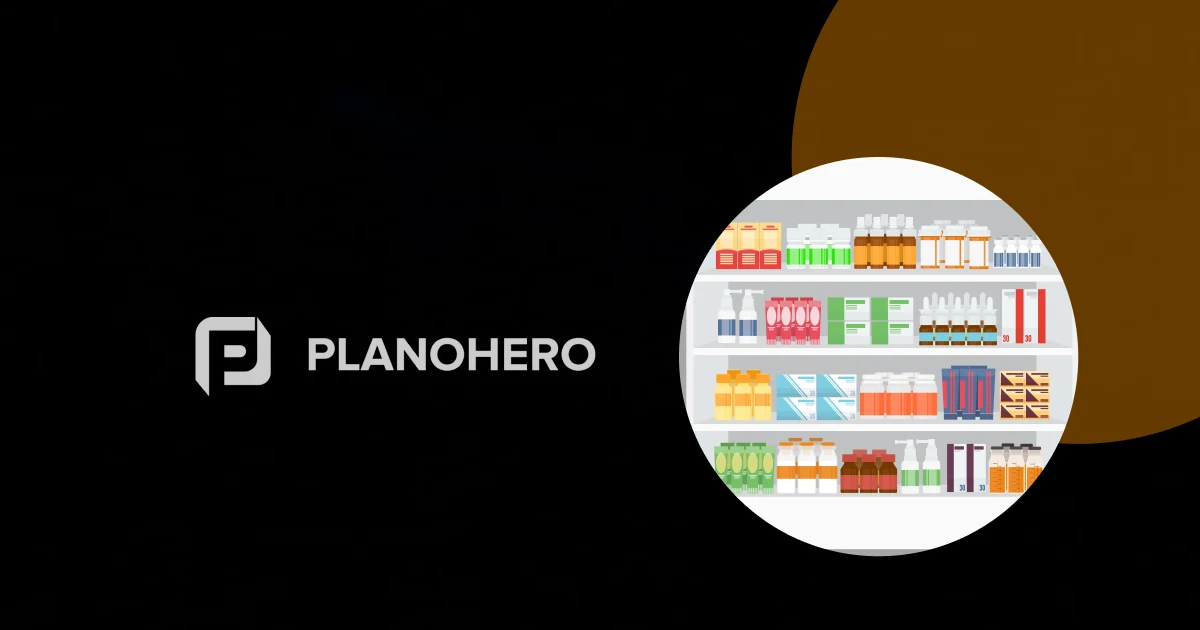Różnica między sukcesem a porażką rzadko polega wyłącznie na jakości produktu. Nawet najbardziej innowacyjne marki mogą stracić pozycję, jeśli ich produkty nie zostaną właściwie zaprezentowane tam, gdzie ma to największe znaczenie: w sklepie. Właśnie dlatego egzekucja w sklepie staje się czynnikiem decydującym.
Czym jest egzekucja w sklepie?
W swojej istocie egzekucja w sklepie odnosi się do taktycznego i operacyjnego wdrażania planów detalicznych wewnątrz fizycznych punktów sprzedaży. To sposób, w jaki strategie korporacyjne — ceny, promocje, planogramy i merchandising wizualny — są przekładane na rzeczywiste doświadczenia, które bezpośrednio wpływają na decyzje zakupowe.
Skuteczna egzekucja zapewnia, że:
-
Produkty są rozmieszczone zgodnie z planogramami i strategicznymi strefami.
-
Półki są stale zatowarowane i uzupełniane.
-
Promocje są wdrażane poprawnie z użyciem końcówek regałów, woblerów lub ekranów cyfrowych.
-
Ceny są prawidłowe i aktualizowane w czasie rzeczywistym.
-
Sklepy pozostają czyste, uporządkowane i atrakcyjne wizualnie.
Bez zgodnej z planem egzekucji w sklepie nawet najbardziej ambitna kampania marketingowa może się załamać. Wyobraź sobie markę inwestującą miliony w letnią promocję, tylko po to, by odkryć, że 40% sklepów nigdy nie ustawiło ekspozycji. Rezultatem są zmarnowane inwestycje, utracona sprzedaż i nadszarpnięte zaufanie.
Dlaczego egzekucja w sklepie ma znaczenie w 2025 roku
Nawet jeśli e-commerce rośnie, sklepy stacjonarne pozostają kluczowym punktem styku z konsumentami. Badania konsekwentnie pokazują, że większość decyzji zakupowych, szczególnie impulsywnych, wciąż podejmowana jest w sklepie. To sprawia, że egzekucja jest nie tylko ważna, ale wręcz niezbędna.
Kluczowe powody, dla których egzekucja napędza sukces w handlu detalicznym:
-
Zakupy impulsywne – atrakcyjne ekspozycje w sklepie zachęcają do nieplanowanych zakupów.
-
Spójność marki – niezależnie od tego, czy w małym miasteczku, czy w dużym mieście, klienci oczekują tych samych cen, rozmieszczenia produktów i spójnej identyfikacji wizualnej.
-
Satysfakcja klienta – dobrze zatowarowane półki i czytelne promocje zmniejszają frustrację i zwiększają lojalność.
-
Ochrona przychodów – braki w towarze i źle zarządzane ekspozycje bezpośrednio przekładają się na utracone sprzedaże.
Branże takie jak FMCG, napoje, kosmetyki czy elektronika użytkowa w dużej mierze polegają na bezbłędnej egzekucji w sklepie, aby zwiększać wolumen sprzedaży. Od zapewnienia widoczności na końcach regałów dla nowej marki przekąsek, po organizację stoisk demonstracyjnych dla elektroniki — to właśnie egzekucja decyduje, czy strategia przełoży się na przychód.
Główne elementy programu egzekucji w sklepie
Budowanie silnej egzekucji w sklepie obejmuje wiele działań, które muszą działać w harmonii.
1. Zgodność z planogramem
Planogram to wizualny schemat rozmieszczenia produktów na półkach. Zapewnienie zgodności oznacza, że produkty są ułożone w sposób zapewniający widoczność, dostępność i wpływ na sprzedaż. Umieszczenie bestsellerów na wysokości wzroku, strategiczne sąsiedztwo dla sprzedaży komplementarnej czy sezonowe zmiany ekspozycji — to wszystko część tego zadania.
2. Zatowarowanie i kontrola zapasów
Dostępność jest kluczowa. Braki na półkach to najczęstszy powód utraty sprzedaży, a wielu konsumentów zmienia markę już po kilku takich sytuacjach. Jednak nadmierne zatowarowanie może być równie szkodliwe, prowadząc do strat i zmniejszenia marż. Zrównoważony system uzupełnień, oparty na prognozach popytu, jest fundamentem skutecznej egzekucji.
3. Promocje i materiały POS
Końcówki regałów, gondole, zawieszki, ekrany cyfrowe i interaktywne ekspozycje przyciągają uwagę i angażują klientów. To nie tylko estetyka — te elementy kształtują ścieżkę zakupową i wyzwalają zakupy impulsywne.
4. Dokładność cenowa
Błędy cenowe szybko podważają zaufanie. Dokładne, aktualizowane w czasie rzeczywistym ceny, zgodne z promocjami, zapewniają klientom oczekiwaną wartość i chronią marże.
5. Higiena i układ sklepu
Zagracony lub źle oświetlony sklep może zrujnować doświadczenie zakupowe. Egzekucja musi obejmować czystość sklepu, czytelność oznaczeń i logiczny układ, który ułatwia przeglądanie produktów.
6. Szkolenia i wsparcie personelu
Promotorzy i kierownicy sklepów to pierwsza linia egzekucji. Szkolenie ich w zakresie cech produktów, promocji sezonowych i technik obsługi klienta sprawia, że strategia w sklepie staje się bardziej przekonująca.
7. Audyty i kontrola zgodności
Regularne audyty i kontrole zgodności pozwalają wykrywać braki zanim urosną do poważnych problemów. Od sprawdzania przestrzegania planogramów po monitorowanie działań konkurencji — audyty dostarczają wglądu niezbędnego do ciągłego doskonalenia.
Korzyści z udanej egzekucji w sklepie
Gdy egzekucja w sklepie jest realizowana prawidłowo, rezultaty mówią same za siebie:
-
Większa widoczność – produkty wyróżniają się i przyciągają uwagę kupujących.
-
Wyższa sprzedaż – wygoda i dostępność przekładają się na szybszą rotację.
-
Dostępność towarów – klienci zawsze znajdą to, czego potrzebują.
-
Świadomość marki – stoiska degustacyjne, ekspozycje i spójne komunikaty wzmacniają zapamiętywanie marki.
-
Możliwości sprzedaży dodatkowej – inteligentne sąsiedztwa (np. chipsy obok napojów) zwiększają wartość koszyka.
-
Lojalność klientów – zapadające w pamięć doświadczenia w sklepie budują więzi emocjonalne.
Ostatecznie skuteczna egzekucja oznacza przekształcenie przestrzeni półkowej w przewagę konkurencyjną.
Typowe wyzwania w egzekucji
Pomimo najlepszych intencji wiele marek potyka się na etapie egzekucji. Do najczęstszych problemów należą:
-
Brak zgodności z planogramami.
-
Opóźnione lub uszkodzone instalacje ekspozycji.
-
Braki na półkach mimo pełnych magazynów.
-
Brak widoczności w czasie rzeczywistym dla centrali.
Średni poziom realizacji egzekucji przez detalistów bez wsparcia zewnętrznego wynosi zaledwie około 40%. To oznacza, że ponad połowa zaplanowanych promocji lub ekspozycji nie jest wdrażana prawidłowo.
Najlepsze praktyki dla silnej strategii egzekucji w sklepie
-
Czytelne wytyczne cyfrowe – zespoły sklepowe potrzebują prostych, wizualnych instrukcji dostarczanych cyfrowo, aby ustawienia były poprawne i terminowe.
-
Dowód zgodności – zdjęcia lub cyfrowe checklisty potwierdzają, że ekspozycje, półki i ceny odpowiadają planowi.
-
Zmotywowany personel – nagrody i wyróżnienia pomagają pracownikom pierwszej linii priorytetowo traktować jakość egzekucji.
-
Regularne audyty – kontrole i przeglądy zgodności utrzymują długoterminowe standardy i ujawniają luki.
-
Priorytetyzacja oparta na danych – większy wysiłek należy kierować na sklepy o największym znaczeniu, optymalizując mniejsze punkty.
-
Informacje zwrotne od klientów – opinie kupujących pokazują, czy ekspozycje są widoczne, łatwe do znalezienia i skuteczne.
-
Analizy dla optymalizacji – wykorzystanie danych z egzekucji pomaga ulepszać układy, promocje i ogólną strategię w sklepie.
Rola oprogramowania do egzekucji w sklepie w handlu detalicznym
W dzisiejszym środowisku handlowym metody manualne nie wystarczają. Oprogramowanie do egzekucji w sklepie stało się kluczowym narzędziem dla marek i detalistów, którzy chcą skalować działania w sposób spójny. Zaawansowane platformy łączą zarządzanie planogramami, raportowanie w czasie rzeczywistym, analizy oraz narzędzia mobilne, które wspierają zespoły terenowe i usprawniają współpracę.
Na przykład PlanoHero oferuje sprzedawcom kompleksowe rozwiązanie dla zgodnej egzekucji w sklepie — od projektowania planogramów po śledzenie wyników. Dzięki narzędziom wizualnym i analizom opartym na danych PlanoHero pomaga zapewnić, że rozmieszczenie półek i strategie merchandisingowe są realizowane dokładnie we wszystkich sklepach.
Egzekucja w sklepie a przyszłość handlu detalicznego
W miarę jak świat staje się coraz bardziej omnichannel, sklepy stacjonarne nadal będą odgrywać kluczową rolę w odkrywaniu marek i konwersji. Klienci będą oczekiwać płynnych doświadczeń, łączących wygodę online z zaangażowaniem w sklepie.
Przyszłość egzekucji będzie opierać się na:
-
Mądrzejszym wykorzystaniu AI do przewidywania popytu i personalizacji rozmieszczenia produktów.
-
Interaktywnych, technologicznych ekspozycjach angażujących klientów.
-
Skalowalnych platformach obsługujących większe asortymenty i zbiory danych.
-
Rozwiązaniach mobilnych wspierających zespoły sklepowe w czasie rzeczywistym.
W erze, w której liczy się każdy centymetr kwadratowy półki, bezbłędna egzekucja w sklepie nie jest luksusem — to konieczność przetrwania.
Strategia egzekucji w sklepie to kręgosłup sukcesu w handlu detalicznym. Od zapewnienia zatowarowanych półek po wdrażanie przyciągających uwagę ekspozycji — każdy detal ma znaczenie w kształtowaniu postrzegania marki i napędzaniu sprzedaży. W konkurencyjnym środowisku detalicznym 2025 roku opanowanie programów egzekucji w sklepie to jedyny sposób, by przekształcić obecność na półce w trwały sukces marki.
Szukasz oprogramowania tworzenia planogramów?
Wypróbuj bezpłatną wersję demonstracyjną PlanoHero




